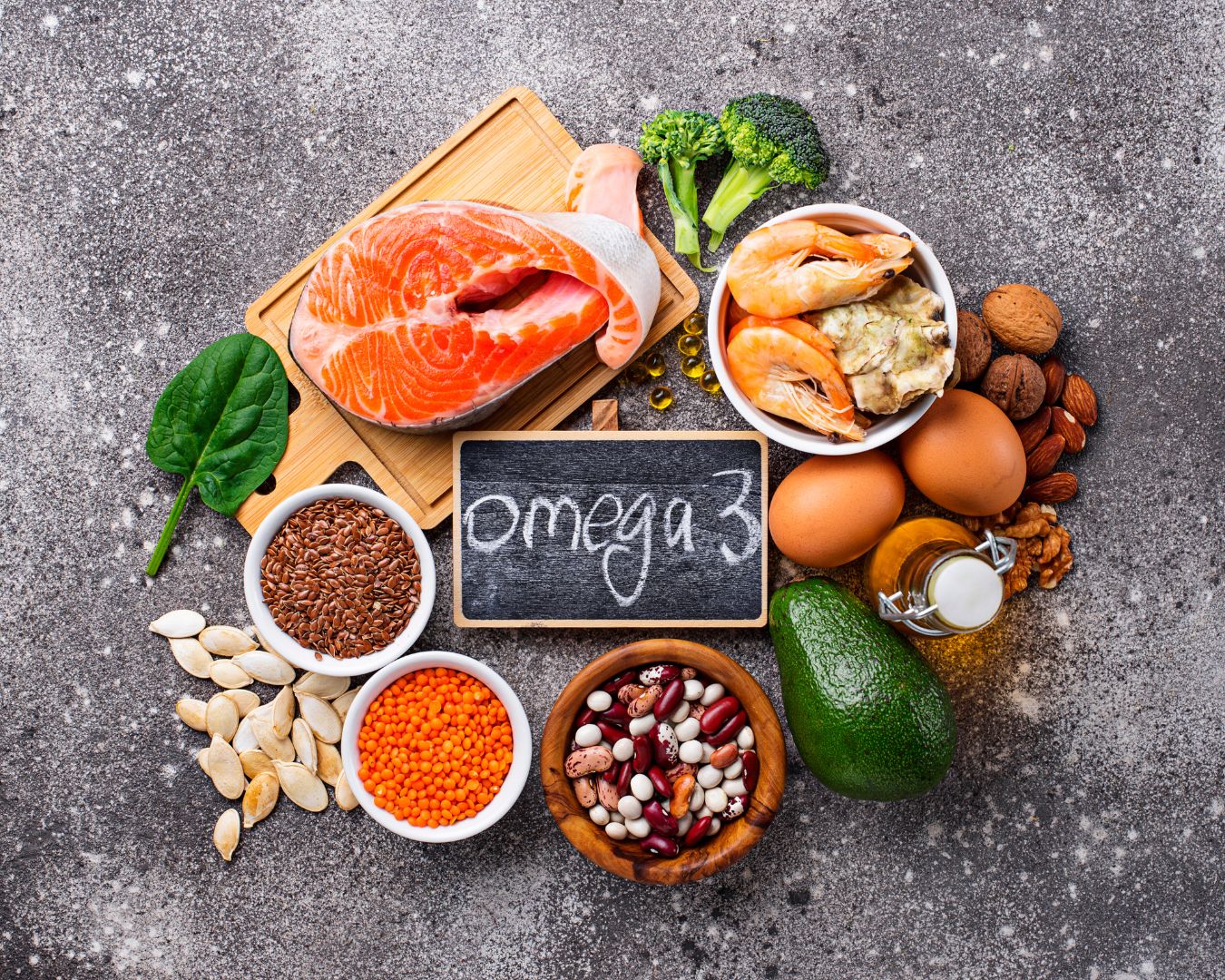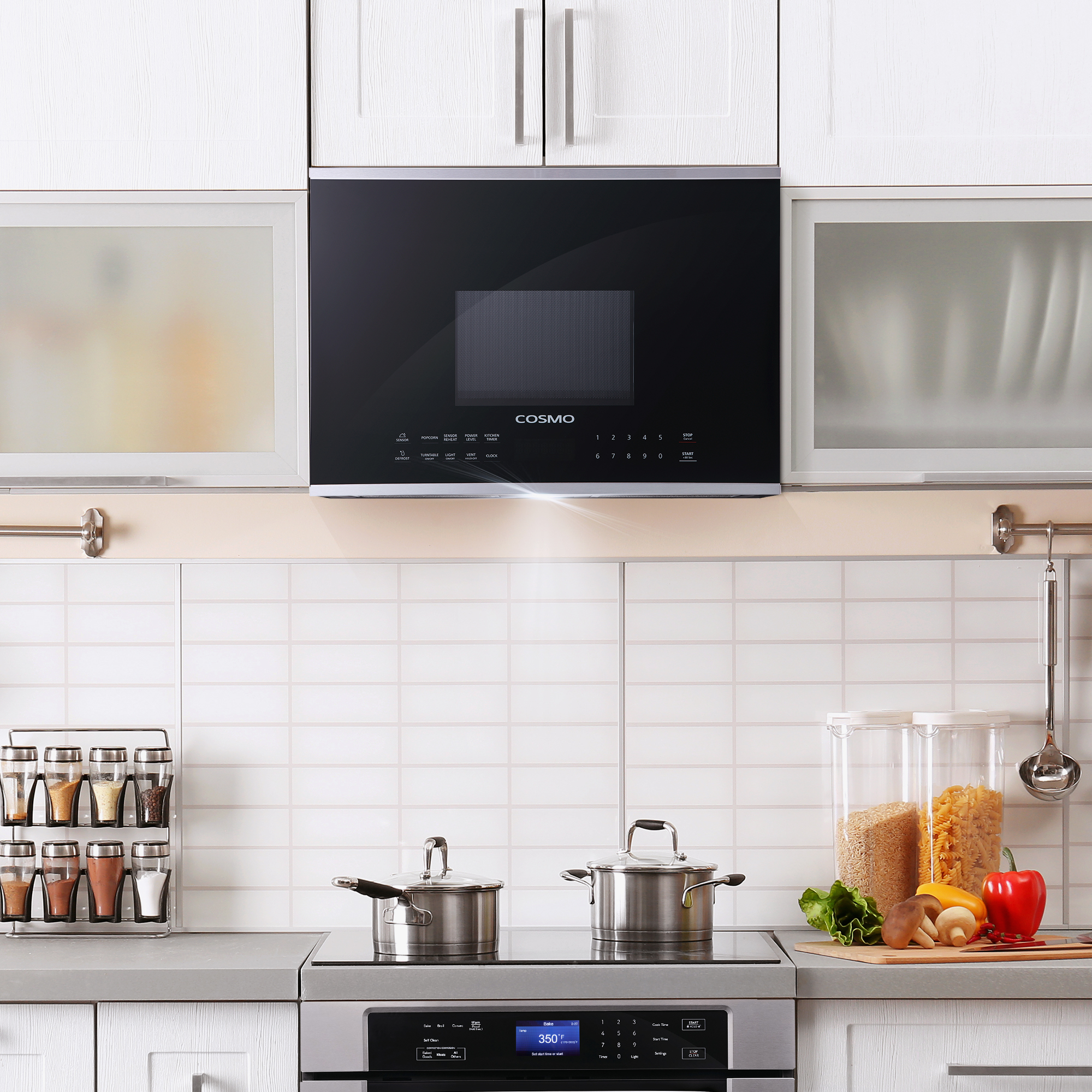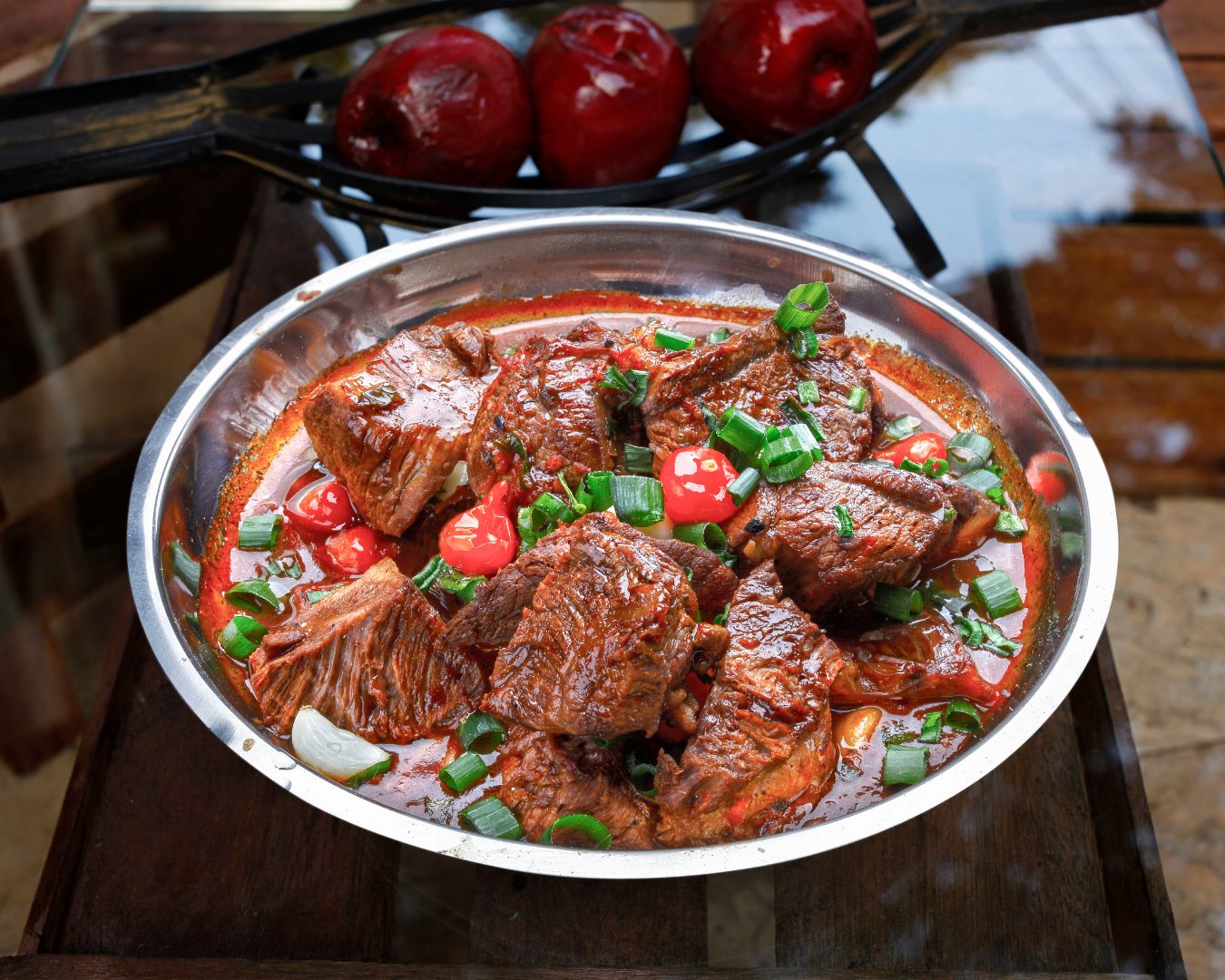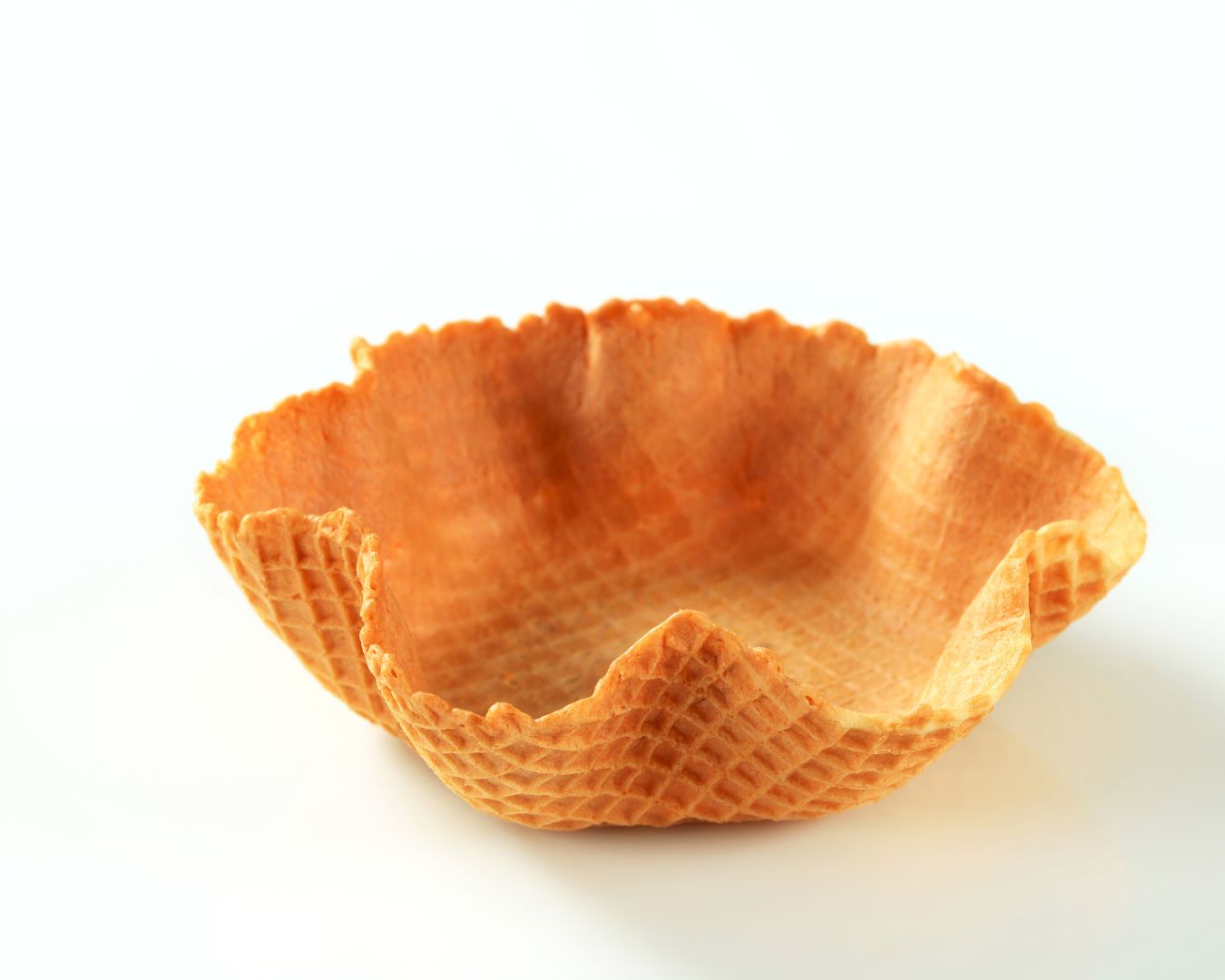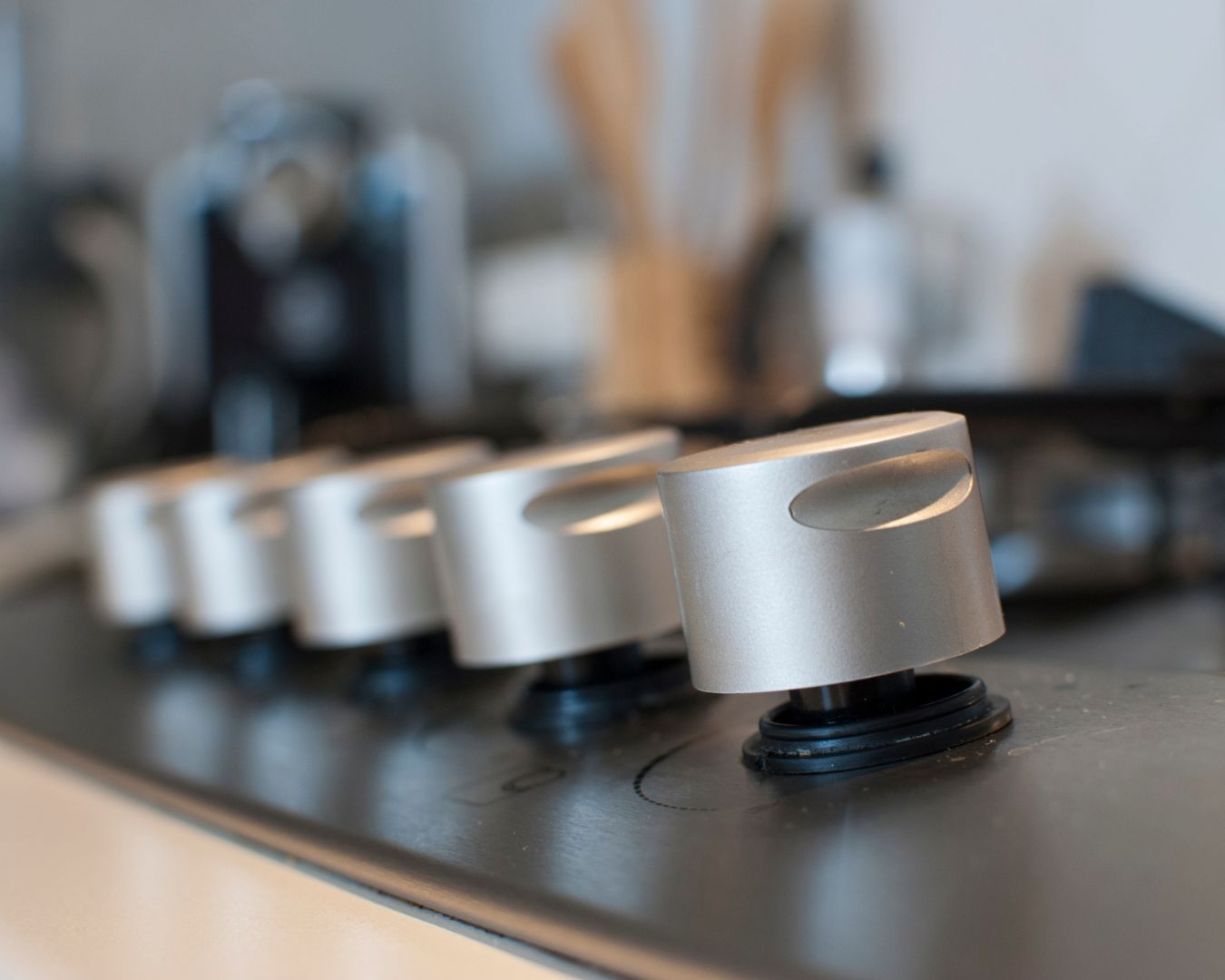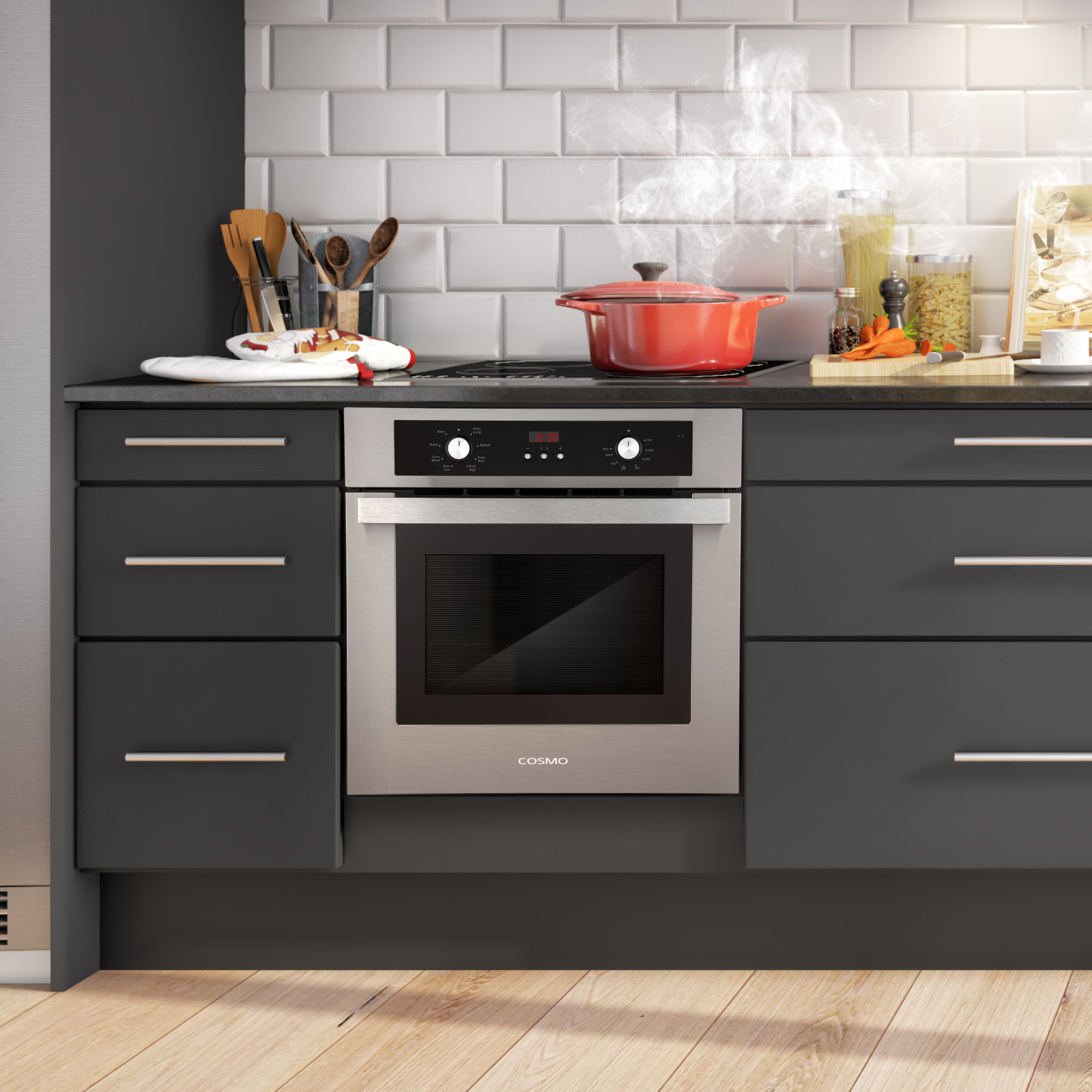The Health Benefits of Omega-3 Fatty Acids: Why You Should Include Them in Your Diet
Omega-3 fatty acids are essential nutrients that play a crucial role in maintaining overall health. Found in a variety of foods and supplements, these healthy fats are known for their numerous health benefits, from supporting heart health to improving brain function. Understanding the importance of omega-3s and incorporating them into your diet can significantly impact your well-being. Here’s a comprehensive look at the health benefits of omega-3 fatty acids and how they can enhance your life. What Are Omega-3 Fatty Acids? Omega-3 fatty acids are a type of polyunsaturated fat that is essential for the body’s normal functioning. They are categorized into three main types: 1. Heart Health Benefits: Omega-3 fatty acids are well-known for their cardiovascular benefits. They help reduce the risk of heart disease by: How It Helps: EPA and DHA, in particular, have anti-inflammatory properties that help prevent the build-up of plaque in the arteries, which can lead to heart attacks and strokes. Regular consumption of omega-3s can lead to a healthier heart and improved circulation. 2. Brain Health Benefits: Omega-3 fatty acids are vital for brain function and development. They contribute to: How It Helps: DHA is a major structural component of the brain and retina, playing a critical role in brain development and function. Adequate levels of omega-3s can support memory, focus, and overall cognitive performance. Additionally, omega-3s have been linked to reduced symptoms of depression and anxiety, promoting better mental health. 3. Joint Health Benefits: Omega-3 fatty acids can provide relief from joint pain and stiffness. They are beneficial for: How It Helps: The anti-inflammatory properties of omega-3s help to reduce joint inflammation and pain. Regular intake of omega-3 fatty acids can improve joint function and decrease the severity of arthritis symptoms, making them a valuable addition to the diet for those with joint issues. 4. Eye Health Benefits: Omega-3 fatty acids play a crucial role in maintaining eye health. They help: How It Helps: DHA is a major component of the retina, and adequate levels of omega-3s are essential for proper visual function. Consuming omega-3-rich foods can help protect against eye diseases and support long-term vision health. 5. Pregnancy and Infant Development Benefits: Omega-3 fatty acids are vital for the health of both mother and baby during pregnancy. They contribute to: How It Helps: DHA is crucial for the development of the baby’s brain and eyes. Pregnant and breastfeeding women who consume sufficient omega-3s can support their baby’s cognitive and visual development while also reducing the risk of preterm delivery and postpartum depression. How to Incorporate Omega-3s into Your Diet To reap the benefits of omega-3 fatty acids, consider incorporating these sources into your diet: Omega-3 fatty acids are essential for maintaining heart, brain, joint, eye, and overall health. By incorporating omega-3-rich foods into your diet, you can enjoy numerous health benefits and support your body’s well-being. Whether through fatty fish, nuts, seeds, or supplements, ensuring an adequate intake of omega-3s can lead to a healthier and more vibrant life. Prioritize these healthy fats in your diet and experience the positive impact they can have on your health.

